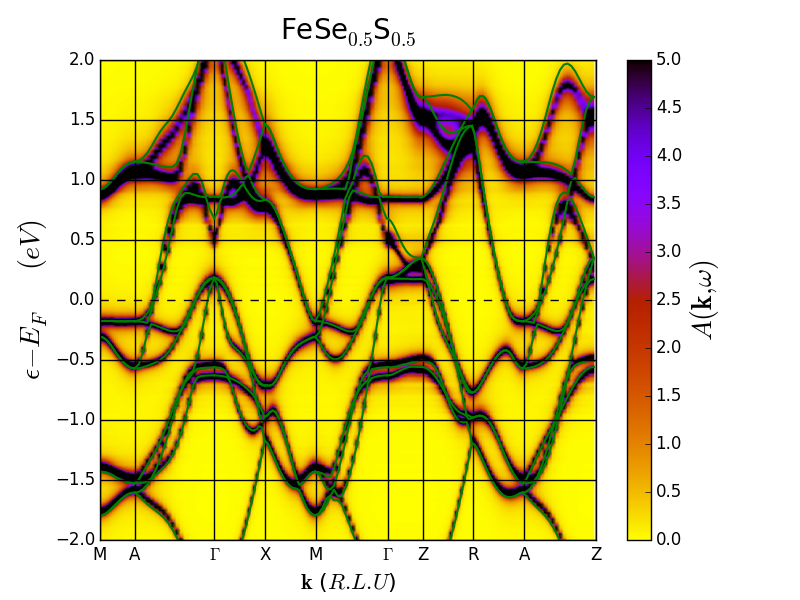Design principles for chemical substitution in electronic materials
The goal of this project is to develop and apply first-principles based design-principles for chemical substitution in electronic materials. Chemical substitution is among the most important approaches to tune parameters that govern the phase diagram and thus the physical properties of electronic materials. Examples are superconductors, magnetic materials, or materials with enhanced thermoelectric performance. New tools with predictive power for the materials performance are urgently needed to guide and support this research.
In this project, such a theoretical tool in the form of a package of software termed the Materials Lab: Substitutional Disorder will be developed. It is based on a new first principles method which combines density-functional theory and disorder-theory and allows the characterization of materials with arbitrary chemical substitution. The goal is to provide a package which enables a user to characterize chemically substituted materials and to reveal their possible functionalities. By making specific predictions to guide experiments in the search for unique materials performance, it will initiate new approaches to design electronic quantum materials via chemical substitution.
| Name | Institute |
|---|---|
| Robert Eder | Institute for Solid State Physics (IFP) |
| Dirk Fuchs | Institute for Solid State Physics (IFP) |
| Institute for Solid State Physics (IFP) | |
| Institute for Solid State Physics (IFP) | |
| Rolf Heid | Institute for Solid State Physics (IFP) |
| Matthieu Le Tacon | Institute for Solid State Physics (IFP) |
| Christoph Meingast | Institute for Solid State Physics (IFP) |
| Jörg Schmalian | Institute for Solid State Physics (IFP) |
| Institute for Solid State Physics (IFP) |


